Life in the USA is not normal. It feels pointless and trivial to be talking about small looks at the fascinating natural world when the country is being dismantled. But these posts will continue, as a statement of resistance and promotion of science. I hope you continue to enjoy and learn from them.
Provided for your information as a bonus Thursday post, here is a list of the important mineral commodities that the United States imports from South Africa. Data for 2024 from USGS. Note that according to Reuters, as of 19 February 2025, South Africa is not banning exports of its mineral products to the USA, although, for example, South Africa’s Minister of Mineral and Petroleum Resources, Gwede Mantashe, has called on African nations to withhold minerals from the United States, should US President Donald Trump make good on threats to withdraw funding from South Africa.
Platinum (Pt) and Palladium (Pd)
US import dependency: Platinum 85%, palladium 36%. 45% (Pt) and 32% (Pd) of imports come from South Africa. South Africa is the leading source of US platinum imports, and tied for first for palladium (with Russia).
Platinum-group elements are used in automobile catalytic converters; as catalysts in chemical production and oil refining; in computer hard drives and integrated circuits; in dental amalgams; in jewelry; and for other purposes.
Titanium Mineral Concentrates
US import dependency: 86%. 32% of imports come from South Africa, the leading supplier.
These minerals are used to make titanium dioxide pigments, which are used in paints, plastics, and paper, as well as ceramics, textiles, flooring, and roofing materials.
Vanadium
US import dependency: 40%. 35% of vanadium pentoxide (processed vanadium ore) is from South Africa, the second leading supplier after Brazil.
Vanadium is used mostly in steel alloys to make them stronger and have better wear resistance. Vanadium steels are in car parts, tools, pipelines, railroad rails, and bicycle frames.
Vermiculite
US import dependency: 34%. 51% of imports come from South Africa, the leading supplier.
Vermiculite is used to aerate soils in agriculture and horticulture, and to carry nutrients from fertilizer. It is also a light-weight aggregate in concrete and plaster dry-wall materials and is used as insulation.
Zirconium
US import dependency: estimated at 20%. 46% of imports come from South Africa, the leading supplier.
Zirconium (as zircon) is used in ceramics, abrasives, lamp filaments, surgical implants, and refractories such as furnace linings, and zirconium metal is a vital component of nuclear fuel rods in nuclear reactors on land and in aircraft carriers and submarines.
Chromium
US import dependency: 100% (apart from 23% generated by recycling). 96% of chromite ore comes from South Africa, as well as 25% of imported chromium metal. South Africa is the leading supplier in both categories.
Chromium’s most important use is in stainless steel, in laboratory and medical surfaces and equipment, restaurant facilities, automotive parts, and aerospace applications, as well as domestic items like cutlery, plumbing fixtures, and toasters. It is also used as a pigment, for tanning leather, treating lumber, and other applications.
Industrial Garnet
US import dependency: 48%. 54% of US imports come from South Africa, the leading supplier.
From the USGS: “The major end uses of garnet were, in descending percentage of consumption, for abrasive blasting, water-filtration media, water-jet-assisted cutting, and other end uses, such as in abrasive powders, nonslip coatings, and sandpaper. Domestic industries that consume garnet include aircraft and motor vehicle manufacturers, ceramics and glass producers, electronic component manufacturers, filtration plants, glass polishing, the petroleum industry, shipbuilders, textile stonewashing, and wood-furniture-finishing operations.”
Fluorspar
US import dependency: 100%. South Africa supplies 9% of US imports.
Fluorspar is the source of the element fluorine, the feedstock that makes fluorine-containing chemicals such as refrigerants and plastics including Teflon® and many others. It is vital in processing and producing aluminum and uranium and it is also used in producing cement, steel, and glass.
Industrial Diamond
US import dependency: natural and synthetic, 81%. South Africa supplies 30% of imported natural diamond stones.
Industrial diamonds make cutting tools used in the highway construction industry and in oil, gas, and mineral exploration and production. They are also used in computer chip production.
Manganese
US import dependency: 100%. South Africa supplies 21% of total manganese imports, second after Gabon at 24%.
Manganese is mostly used as a steel alloy, where it makes the steel stronger, harder, and more workable, notably in tools, railway tracks, rifle barrels, safes, and prison bars. It is also used in dry-cell batteries, for decolorizing glass, as a pigment, in animal feed and human nutritional supplements, and as an aluminum alloy in beverage cans.

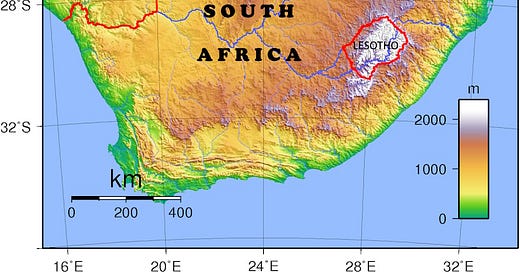



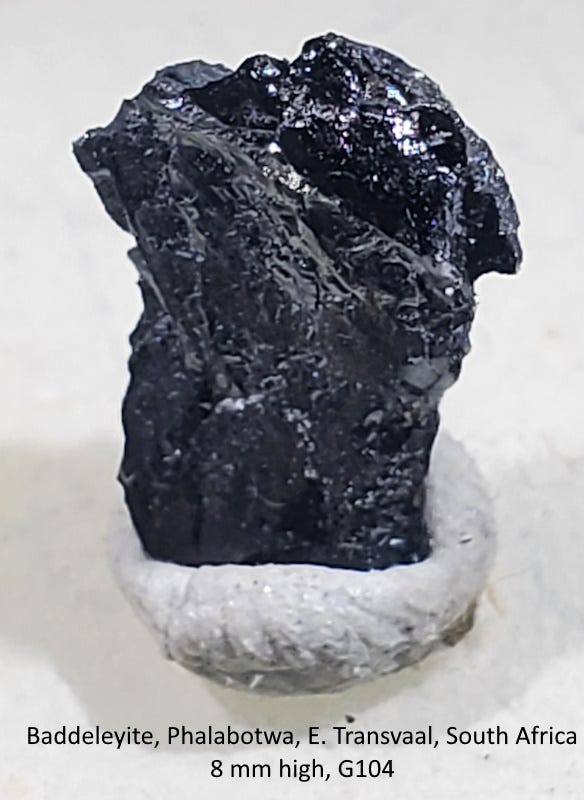
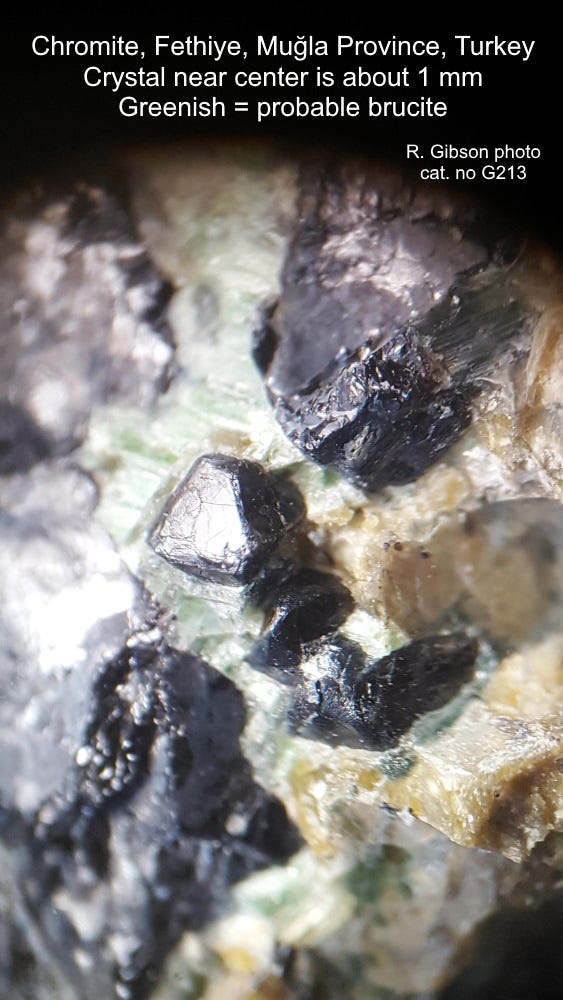
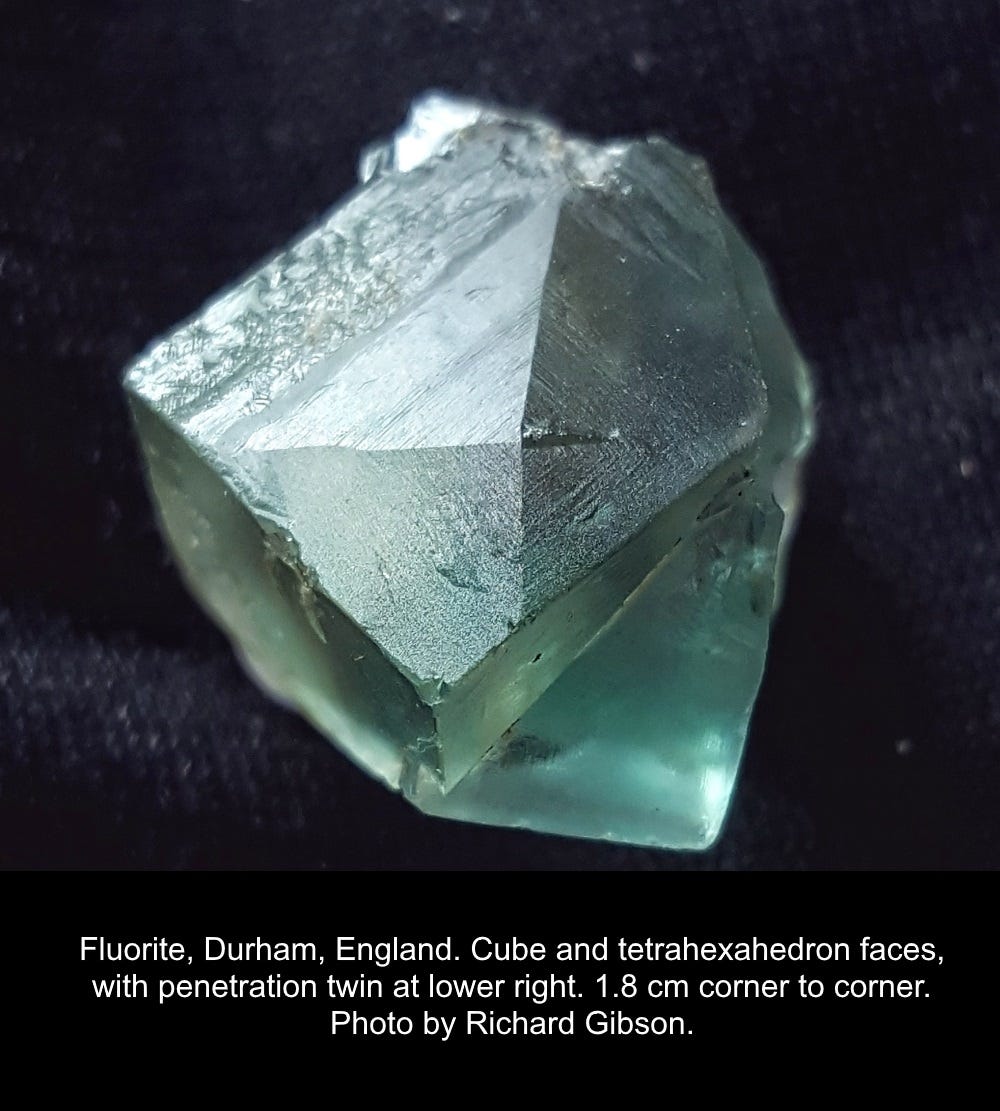
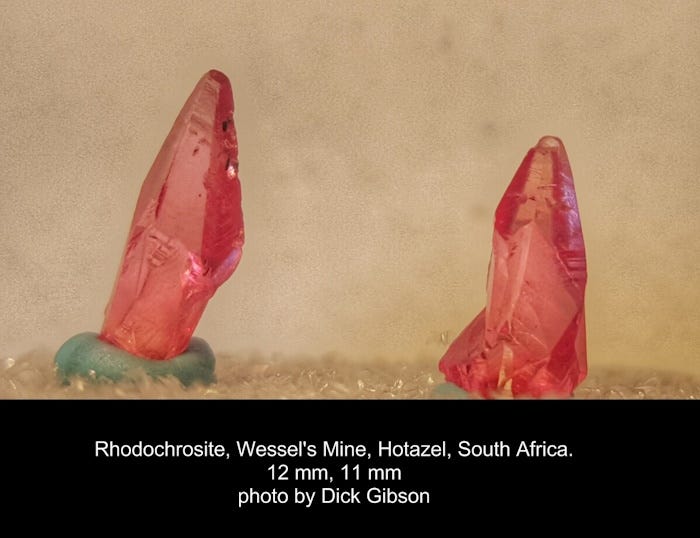
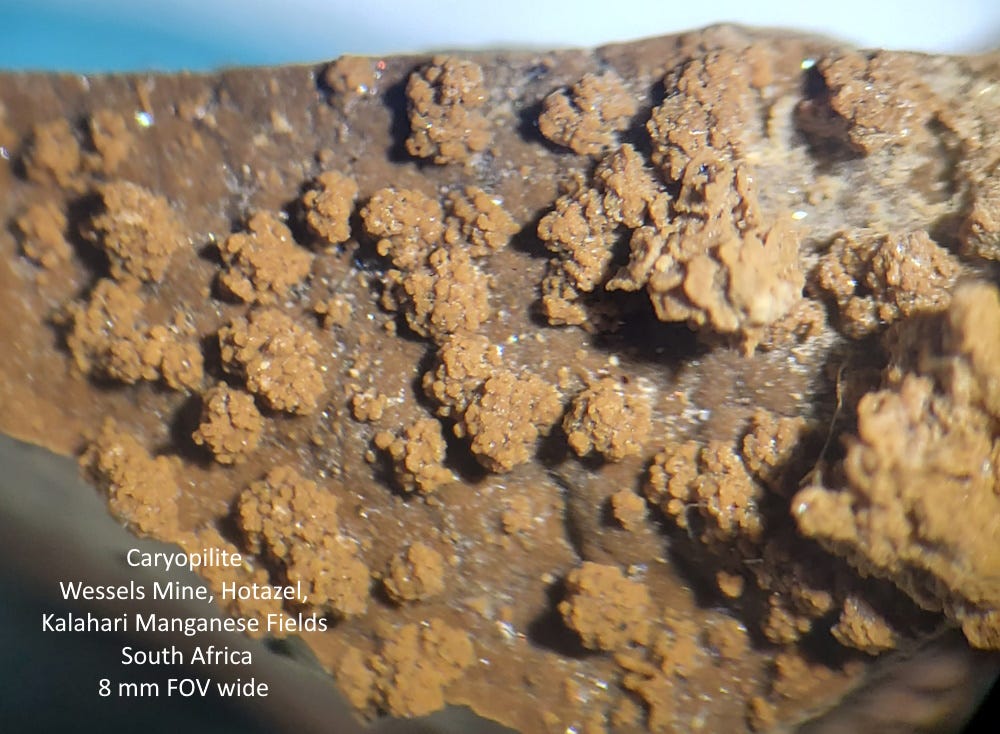
For a short time in 1980 I worked for the US Bureau of Mines in their Mineral Availability System (MAS), a computerized database on world-wide mineral supply focusing on the US. One of MAS's main tasks (my opinion) was to make available critical mineral information, such as US supply and foreign sources, to keep stupid federal legislators (and other elected officials) and their staff from making unwise decisions that would have adverse repercussions on US industry and our military. In 2000 MAS data was taken over by the USGS and became part of USGS's Mineral Resource Data System (MRDS). According to their official info, one of the main goals is to "...provide a high-quality, consistent mine and deposit inventory to support US actions and policies on mineral resources and land management". It's good to see that that original mandate still exists but stupidity at the federal level continues. Lets hope somewhere in that DC morass some reality on imports will get through.
Isolationism will cause a wee bit of pain for the US.